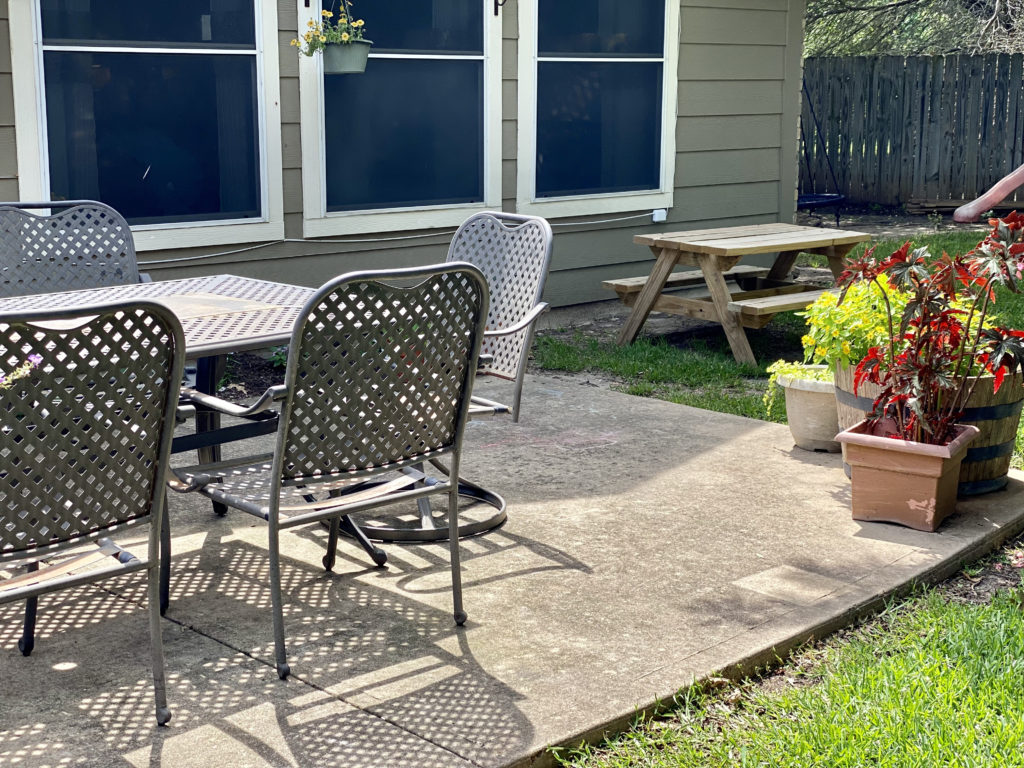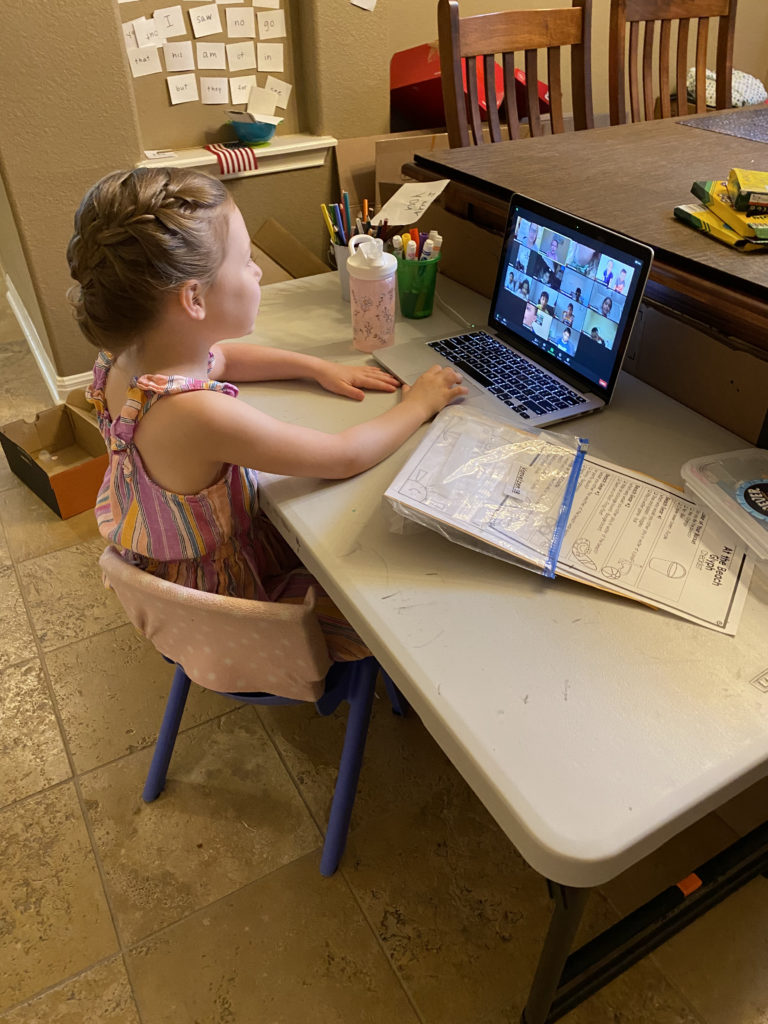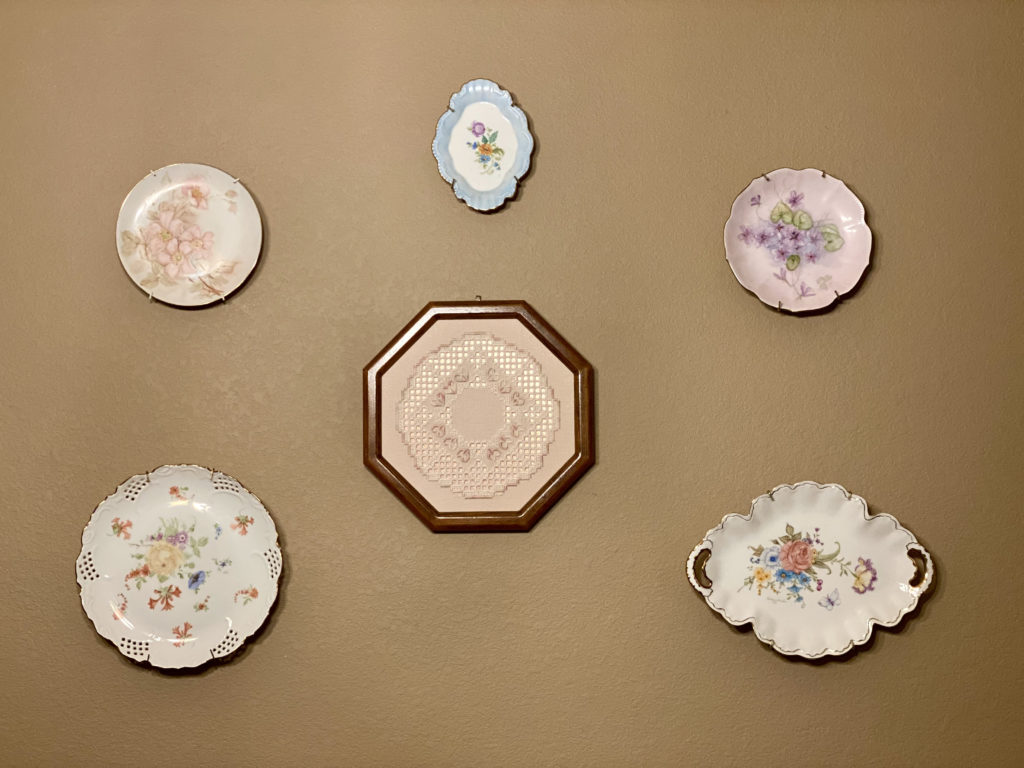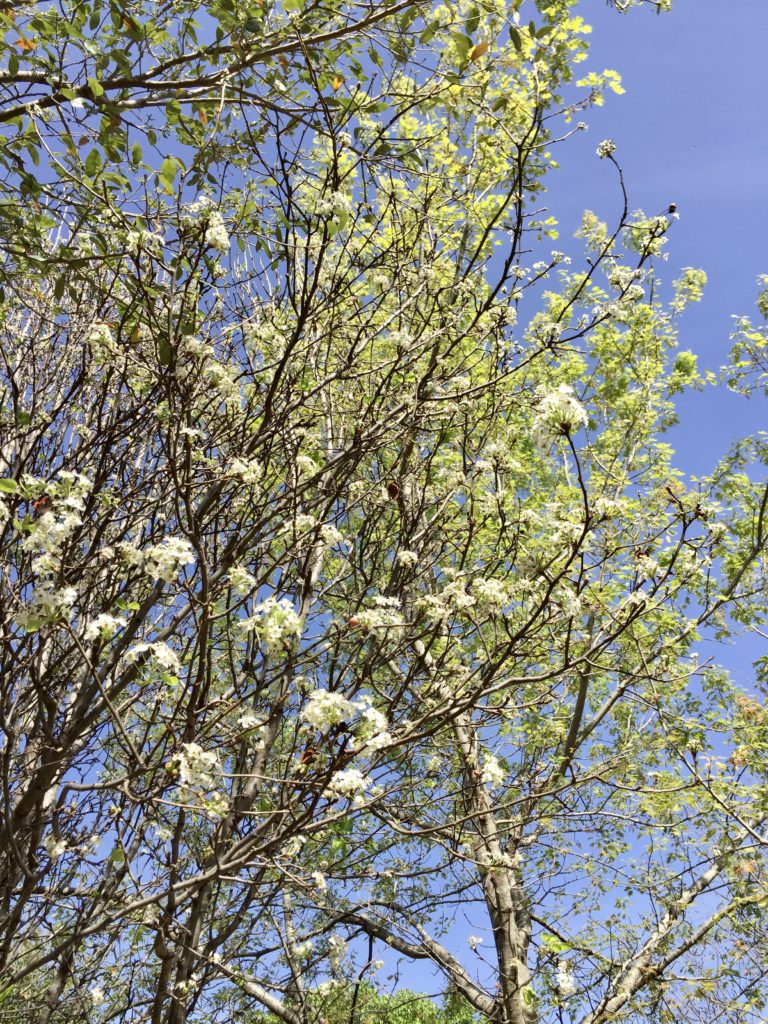It happened unexpectedly. We had been gathering outside with friends for months – spacing our chairs at least 6 feet apart, constantly reminding our kids to keep their masks on. It wasn’t ideal, but it was the best we could do in terms of safe social interaction. It felt comfortable, much better than not seeing our friends or letting our children play with other kids. It was also emotionally and mentally taxing. But we found ourselves doing it more frequently because gathering with others felt necessary for our mental and emotional health, and, like baby steps toward eventually sending our children back to school in-person and returning to other “normal” activities.
That week was ordinary in many ways, exceedingly stressful in others. I didn’t plan or anticipate anything particularly notable happening. Perhaps that’s what made it extraordinary.
On Monday, I texted a friend I had been hoping to spend time with and she was available that evening. My husband and our daughters were meeting friends at the park, so my friend came to our house and brought dinner. We sat at our back patio table eating, drinking, and talking for hours. No masks. Zero interruptions. Perfect weather. Good food, and even better conversation about the real stuff of life: family, work, ministry, discernment about the future. It was a gift – a means of God’s grace – and it was so very good for my soul.
On Saturday, friends texted that they were in the area visiting grandparents and would love to meet us so the kids could play. We invited them to our backyard, and it was a delight to watch our girls and theirs playing together so naturally, so comfortably, as if COVID-19 didn’t exist. It was getting close to dinner time, so we ordered pizza. We found ourselves gathered around our patio table – eating, drinking, and talking. It was delightful. It has been so long since we have gathered like that, without the stress and worry of infection, the trappings of social distancing and masks. It was a gift – a means of God’s grace – and it was so very good for my soul.
Two gatherings in one week, doing ordinary things in our backyard with friends. And yet, they were not ordinary gatherings at all; they were much more than that. Unexpectedly, by God’s grace, these ordinary gatherings became extraordinary.
Gathering around our patio table to eat and drink with friends that week reminded me of communion, that holy meal that we share in worship. Communion mediates God’s grace to us and connects us with the community of believers, helping us grow in our relationship with God and others, as we partake of a shared meal and remember the gift of Jesus Christ. In communion, ordinary bread and wine (or grape juice) become extraordinary, by the grace of God manifest in the power of the Holy Spirit.
Though the food we shared with our friends was not bread and wine, and we did not explicitly remember Christ’s sacrifice or invoke the Holy Spirit, the practice of sharing food around the table in community with fellow Christians is reminiscent of the community we experience with God and one another when we share in the sacrament of communion. The community is gathered, God is there, and there is good food to share. There is nourishment for our souls. We experienced it in our backyard that week, and I am grateful. I hope it happens again someday soon.



